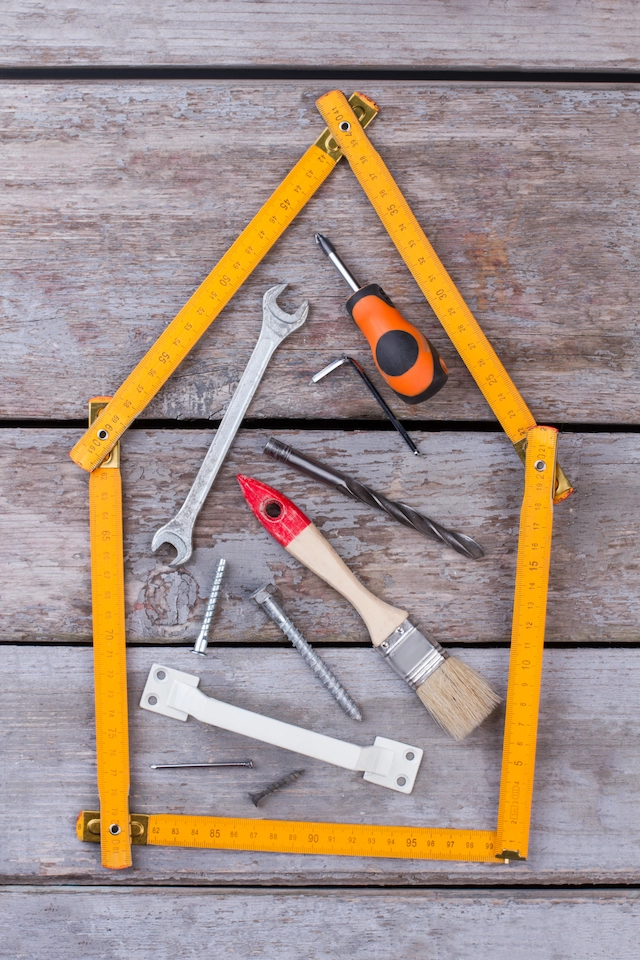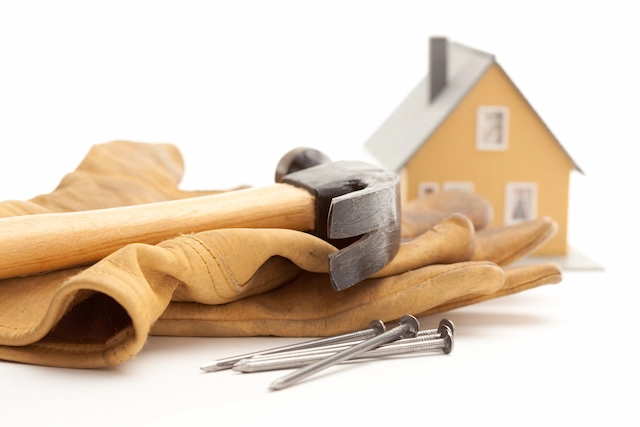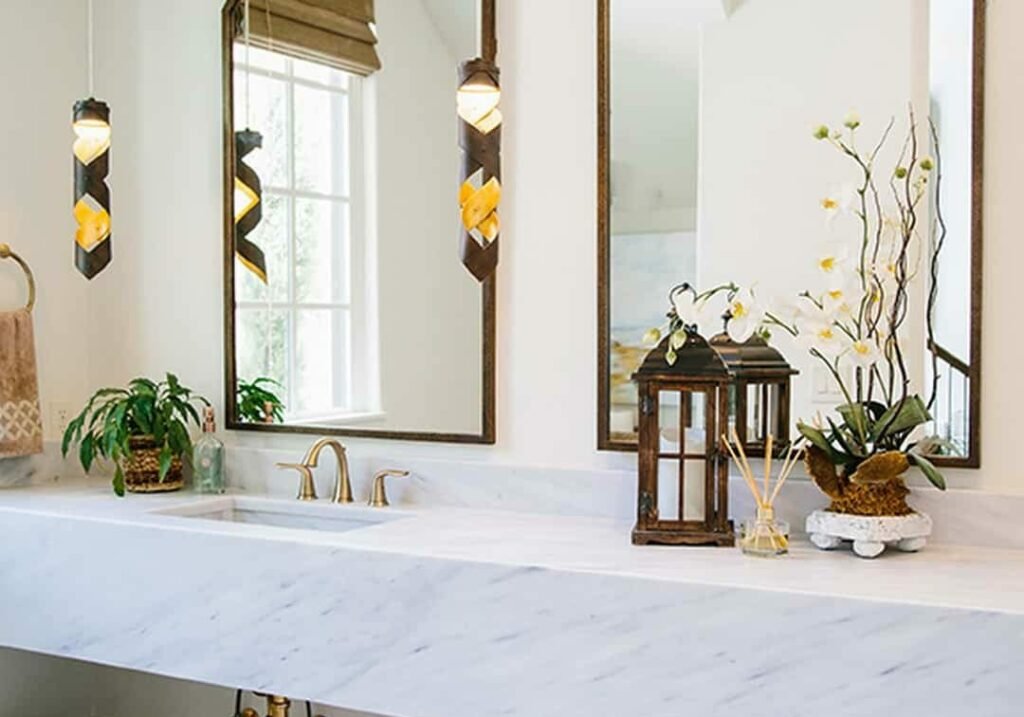Looking to get some tips on choosing the right wood for your outdoor decks? Consider our five ways to choose high-quality lumber.
Wood decking
If you’re like most homeowners, one of the first projects on your list is building a deck. Decks are a great way to enjoy the outdoors and add value to your home. But before you start construction, there are some most important things you need to consider about wood decking. These tips will help you choose durable woods while enhancing the natural beauty.
When choosing the best wood for a deck, it’s important to consider the climate where you live and the level of wear and tear your deck will endure. Here are five tips for choosing the best wood for your deck:
5 Tips for Choosing the Best Wood for a Decking
Tip: 1
Choose a hardwood like oak or walnut, which is resistant to moisture and insects. When choosing wood for your outdoor deck, it is important to consider both beauty and durability.
Two hardwoods that offer both of these qualities are oak and walnut. Both of these woods are resistant to moisture and insects, making them ideal for use in areas where these issues are a concern.
In addition, oak and walnut are both very strong woods that can withstand a great deal of wear and tear. For these reasons, hardwoods like oak and walnut are an excellent choice when looking for wood that will stand the test of time.
Tip: 2
Make sure the wood has been kiln-dried to reduce the chance of warping or cracking. Wood is an immensely popular material for deck making, but it can be tricky to work with. If the wood is not properly dried, it can wrap or crack, making it unsuitable for use.
Kiln drying is the process of slowly heating the wood in order to remove moisture. This helps to reduce the risk of warping and cracking, and also makes the wood more stable and less likely to shrink or swell in response to changes in humidity.
As a result, kiln-dried wood is a much better choice for furniture and other items that need to be durable and long-lasting. Before purchasing any wood products, make sure that the wood has been kiln-dried to reduce the chance of cracking.
Tip: 3
If you live in a wet climate, choose a wood that is treated with a water-repellent sealant. It’s important to choose the right wood for your outdoor projects. Untreated wood will quickly fall apart when exposed to the elements, so it’s important to choose a wood that is treated with a water-repellent sealant.
Cedar and redwood are two of the best choices for wet climates, as they are naturally resistant to rot and decay. In addition, these woods are also resistant to pests and fungi, making them ideal for any outdoor application.
If you’re looking for a durable and attractive wood for your next project, cedar and redwood are both excellent choices.
Tip: 4
Consider composite materials, which are made from recycled plastic and wood fibers. Over the past few decades, there has been a growing trend towards the use of composite materials in construction and manufacturing.
Composite materials are made from a combination of recycled plastic and wood fibers, and they offer a number of advantages over traditional materials such as wood or concrete.
For example, composite materials are highly resistant to moisture and insects, making them an ideal choice for outdoor applications. In addition, composite materials are typically much lighter than their traditional counterparts, making them easier to transport and install.
As the demand for sustainable building materials continues to grow, composite materials are likely to play an increasingly important role in the construction industry.
Tip: 5
You also need to take into account the size of your deck. When deciding what type of wood to use for your deck, you will need to take into account a number of factors such as the size of the deck, and your budget.
If you have a large deck, then you will need to use durable woods such as Ipe and Tigerwood. These are more expensive, but they will last longer and stand up better to weather and wear.
In contrast, if you have a small deck, then you can use less expensive woods such as cedar or pine. Cedar and pine woods are not as durable, but they are less expensive and can still provide many years of enjoyment.
One of the most important decisions is to choose from many wood options available. There are many deck materials option available, so how do you choose? Here are five choices for choosing the best wood for your deck.
What is the best wood for outdoor decks:
Some woods, such as cedar and redwood, have natural toxins that are insect resistant and help protect against pests and varying weather conditions. if you want a natural look, you might choose a wood like teak or mahogany. If you’re looking for something more contemporary, you could opt for composite materials.
1. Redwood:
There are many different types of wood that can be used for outdoor decks, but redwood deck is often considered to be the best option. Redwood is a durable, moisture resistant, and sturdy wood that is resistant to rot, decay, and insect damage.
It is also naturally resistant to weathering, making it an ideal choice for decks that will be exposed to the elements. In addition, redwood is a beautiful wood that can provide your deck with a natural and attractive appearance. For all of these reasons, redwood is often the preferred choice for outdoor decks.
2. Cedar:
Anyone who has ever spent time sanding, painting, or staining a wooden deck knows that not all woods are created equal. Some woods as cedar are more durable than others, and some are better at resisting rot, insect damage, and weathering.
Cedar is one of the best wood for decks because it is naturally resistant to all of these things. In addition, cedar is a relatively soft wood, which makes it easier to work with than harder woods like oak or maple. Cedar decks require less maintenance and changes its moisture content accordingly than other types of decks, and they can last for decades with proper care.
3. Pressure treated wood:
Any homeowner who has ever built a deck knows that choosing the right pressure treated wood is crucial. There are many factors to consider, including more durability, resistances to rot and insect damage, and of course, cost.
Among the many options available, pressure treated wood is often the best choice for an outdoor deck. Pressure treated wood is treated with chemicals that help to protect it from the elements. The chemicals used vary depending on the type of wood, but they all help to extend the life of the pressure treated wood by preventing rot, decay, and insect infestation.
In addition, pressure treated wood is often more affordable option for wood deck than other types of pressure treated lumber. For these reasons, pressure treated wood is often the best choice for building an outdoor deck.
4. Composite decking:
Composite wood is a material that is made from a mixture of wood fibers and plastic. This combination of materials makes composite deck to rot, pests, and water damage.
Composite wood is often used for decks, fences, and outdoor furniture. Composite decking also becoming increasingly popular for use in deck, due to its low maintenance costs and easy installation. While composite wood is a great material for outdoor decks it is important to note that it is not as strong as traditional lumber.
As a result, this decking material is not recommended for use in structural applications. However, for non-structural applications, composite wood can be an excellent choice.
5. Tropical hardwood:
A deck is a great addition to any home, providing a space for outdoor relaxation and entertaining. When choosing decking material, it’s important to choose a type of wood that is durable and easy to maintain.
Tropical hardwoods are an excellent choice for decking, as they are extremely durable and resistant to rot and insect damage. They are also more resistant to the elements than other types of wood, making them ideal for use in regions with harsh weather conditions.
In addition, tropical hardwoods are typically less expensive than other types of decking material, making them a great option for budget-minded homeowners. Whatever your budget or needs, tropical hardwood is an excellent choice for your next decking project.
6. Exotic hardwoods:
Exotic hardwoods are most expensive option prized for their real wood beauty, durability, and uniqueness. They are the best wood for outdoor decks. While many species of wood are available commercially, these often come with a hefty price tag.
For those people fortunate enough to not have to worry about wood costs, tropical hardwoods are a luxury not everyone can indulge in. Some of the most popular hardwoods include teak, mahogany, and Brazilian cherry.
These wood options are typically used in high-end furniture and cabinetry, as well as in flooring and other architectural applications. In addition to their physical beauty, these woods are also prized for their strength and resistance to rot and insect damage. While these hardwoods may be out of reach for some people, they offer a level of quality and elegance.
7. Ipe:
If you want a wood for outdoor decks that is highly durable and low-maintenance, but also attractive. Ipe is a good option for decks because it is an extremely hard wood that is resistant to rot, insects, and UV damage. Ipe is also very easy to clean and maintain, and it will last for many years with proper care. In addition, Ipe has a beautiful natural grain that can add beauty and value to your home. If you are looking for a durable, low-maintenance option for your deck, Ipe is a good choice.
8. Sothern Yellow Pine:
This type of wood is durable and resistant to rot and insects, making it an ideal material for outdoor deck construction. Southern yellow pine is also one of the most affordable decking options for the natural beauty on the market, making it a wise choice for budget-minded homeowners.
In addition, this type of wood is easy to work with and can be cut and drilled using standard carpentry tools. As a result, it is a good choice for do-it-yourselfers who want to save money on deck installation costs.
For all these reasons, southern yellow pine is an excellent choice for anyone who is planning to build a new deck.
Conclusion
When selecting best wood for decks construction project, it is important to choose a material that is durable and can withstand the environment. One of the most durable woods is teak. It is a hardwood that is resistant to rot, insect damage, and weathering. It is often used in outdoor furniture and decking because it can stand up to the elements. Cedar is another type of wood that is durable and weather-resistant. It is often used in fencing and siding because it can withstand heavy rains and snowfall.
Do annual cleaning of decks for maintaining their beauty. If you are looking for a wood that is both durable and beautiful, mahogany is a good option. Mahogany has a rich, reddish-brown color that deepens with age.
Consider Staten Island New York-based Platinum Renovation Services if you want reliable services. You can find and consult them on their website sihomerenovations.com.
FAQs:
Q: How to know which type of wood is best for decks?
The best type of wood for decks varies depending on your climate and the type of deck you want to build. In general, cedar and redwood are two of the best options, as they are both resistant to rot and insects.
If you live in a warm climate, cypress is a good option, as it is also resistant to rot and insects. In a cold climate, pine makes a good decking material, as it is relatively inexpensive and resistant to rot.
Q: What is the best way to seal a deck?
There are a number of different ways to seal a deck, but most people use a sealant that is made for decks. You can buy a sealant at most home improvement stores. Be sure to follow the directions on the sealant to ensure that it is applied correctly.
Q: How do I know if I need to seal my deck?
If your deck is made of cedar, redwood, cypress, or pine, you should seal it every two to three years. If your deck is made of composite or plastic, you do not need to seal it.










